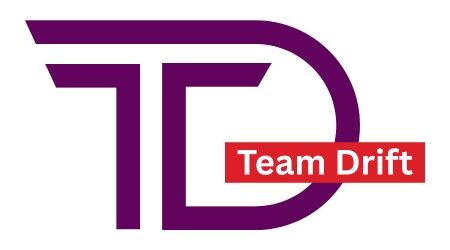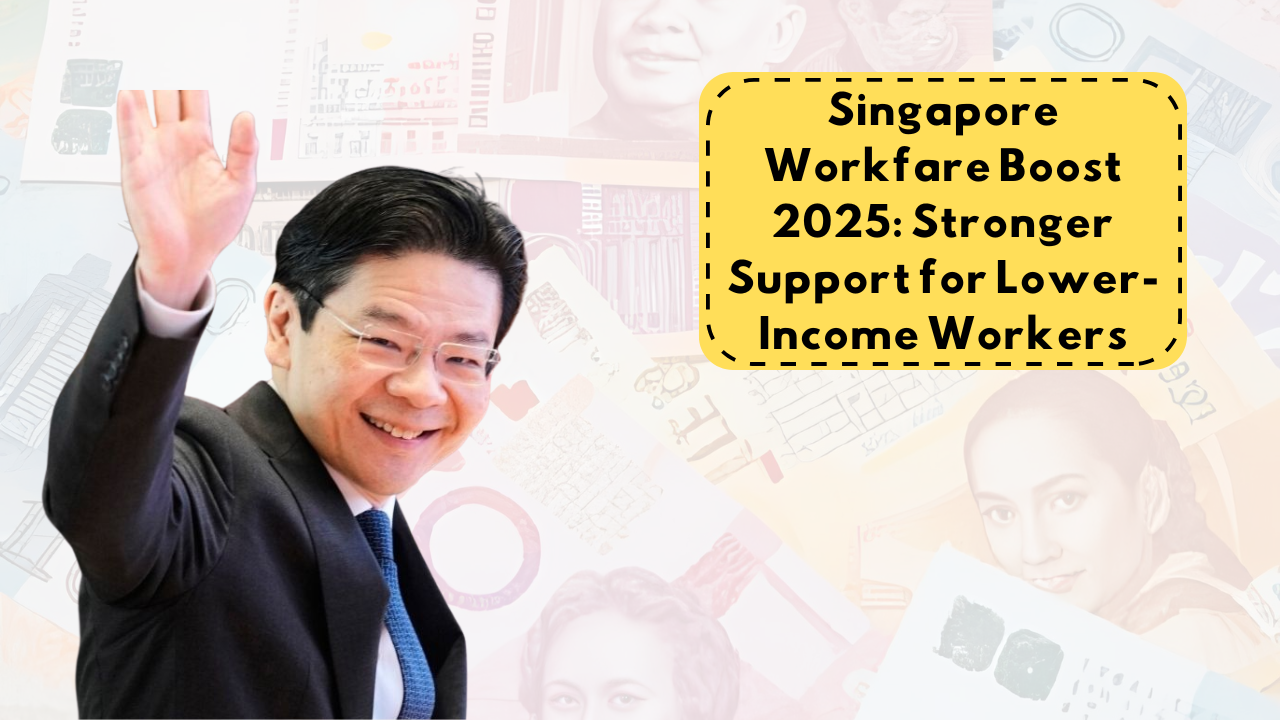In a significant move to strengthen social support and improve income security for vulnerable groups, the Singapore government has announced key enhancements to the Workfare Income Supplement (WIS) and Workfare Skills Support (WSS) schemes under the Workfare Boost 2025 initiative.
These updates are part of the government’s larger plan to build an inclusive society and ensure that hard work is rewarded at every level of the workforce — especially among older and lower-income Singaporeans who often face economic instability.
So, what’s changing under Workfare Boost 2025? Let’s explore the new improvements and what they mean for eligible workers.
What is Workfare, and Why Does It Matter?
Launched in 2007, Workfare is Singapore’s wage support and skills development scheme aimed at encouraging employment and upskilling among low-income Singaporean workers.
Workfare ensures that those who earn less are not left behind, by supplementing their income and providing financial rewards for undergoing training. This boosts both economic security and long-term employability.
With Workfare Boost 2025, the program is being updated to reflect Singapore’s evolving labor market, increasing costs of living, and the growing importance of skills in a digital economy.
Key Changes in Workfare Boost 2025
1. Higher Payouts for Eligible Workers
One of the major highlights of the 2025 Workfare revamp is the increase in payouts for eligible individuals.
- The maximum annual Workfare Income Supplement payout will be increased from $4,200 to $4,900.
- This applies to workers aged 30 and above, with enhanced payouts especially targeting older workers aged 60 and above, who may have fewer employment opportunities or higher healthcare costs.
This means that qualifying workers can receive monthly supplements of up to $408, a meaningful boost that supports daily expenses and long-term savings.
2. Raised Income Ceiling
To reach more workers, the government is raising the income eligibility ceiling from $2,500 to $3,000 per month. This expansion will allow tens of thousands of additional lower-wage workers — especially part-time employees and gig economy workers — to qualify for Workfare.
This shift ensures that even those in non-traditional or freelance roles can access social safety nets.
3. Increased CPF Contributions
Besides cash payouts, the CPF (Central Provident Fund) contributions under Workfare will also be boosted, helping workers build up their retirement savings.
This reflects the dual goal of providing short-term relief and long-term financial stability.
4. Enhanced Workfare Skills Support (WSS)
Training is a cornerstone of the updated scheme. Under the Workfare Skills Support program:
- Workers can receive up to $800 in training allowance per year.
- The scheme will subsidize up to 95% of course fees for eligible upskilling programs.
- Priority will be given to digital skills, automation, and other future-ready capabilities.
These improvements not only support income, but also empower individuals to move up the career ladder, improving resilience in a competitive job market.
Who Is Eligible for Workfare in 2025?
To benefit from Workfare Boost 2025, you must:
- Be a Singapore citizen
- Be aged 30 or older (35 for self-employed individuals)
- Earn not more than $3,000 per month
- Work at least 6 months in a year
- Not own more than one property
- Not be a full-time student
Eligibility is automatically assessed based on CPF contributions and IRAS income records, so most qualifying workers do not need to apply manually.
How Will Workers Receive Their Payments?
Payments under the Workfare Income Supplement will continue to be disbursed quarterly. Eligible workers will receive:
- 40% in CPF top-ups (for retirement savings)
- 60% as cash, deposited directly into their PayNow-linked bank account
Those without PayNow-NRIC linkage will receive their cash through GovCash at designated OCBC ATMs.
Why These Changes Matter in 2025
With inflationary pressure, automation, and an aging population reshaping the economy, low-income and older workers face increasing challenges.
The enhanced Workfare scheme aims to:
- Close the income gap
- Encourage continuous employment
- Promote lifelong learning
- Ensure inclusive growth
This holistic approach ensures that Singapore remains a society where everyone shares in economic success, regardless of their starting point.
Voices from the Ground
Many workers have welcomed the new updates. A 63-year-old cleaner, Mr. Tan, shared:
“This will help me save more and worry less about medical bills. Even a few hundred dollars more each year makes a difference.”
Employers, too, see Workfare as a win-win, with greater support for training reducing turnover and increasing staff productivity.
Looking Ahead: A More Inclusive Workforce
Workfare Boost 2025 isn’t just a policy tweak — it’s part of a broader vision. As Singapore prepares for a future driven by technology and rapid change, the government is making sure no one is left behind.
By raising support levels and investing in human capital, Singapore is laying the foundation for an economy that values all workers — not just the high earners.
Final Thoughts
If you’re a lower-income worker in Singapore, Workfare Boost 2025 is excellent news. With higher payouts, greater access, and improved training support, this initiative is all about empowering you to build a better financial future.
Be sure to check your CPF portal or visit www.workfare.gov.sg to verify your eligibility and payment schedule. Even if you’re not currently eligible, it’s worth reviewing the updated income ceilings and training benefits.
In 2025 and beyond, Workfare remains one of Singapore’s strongest tools for social mobility and economic fairness.

